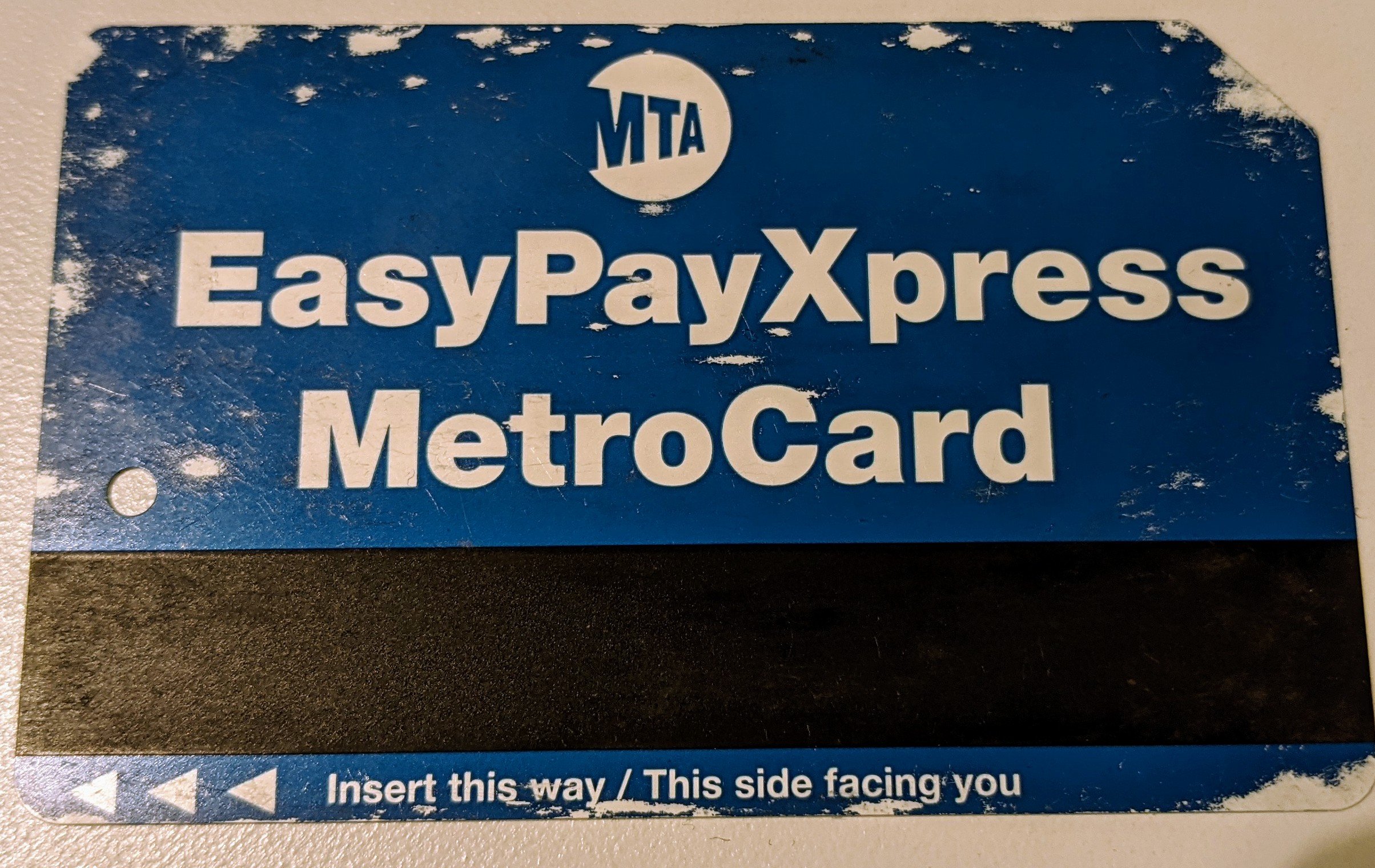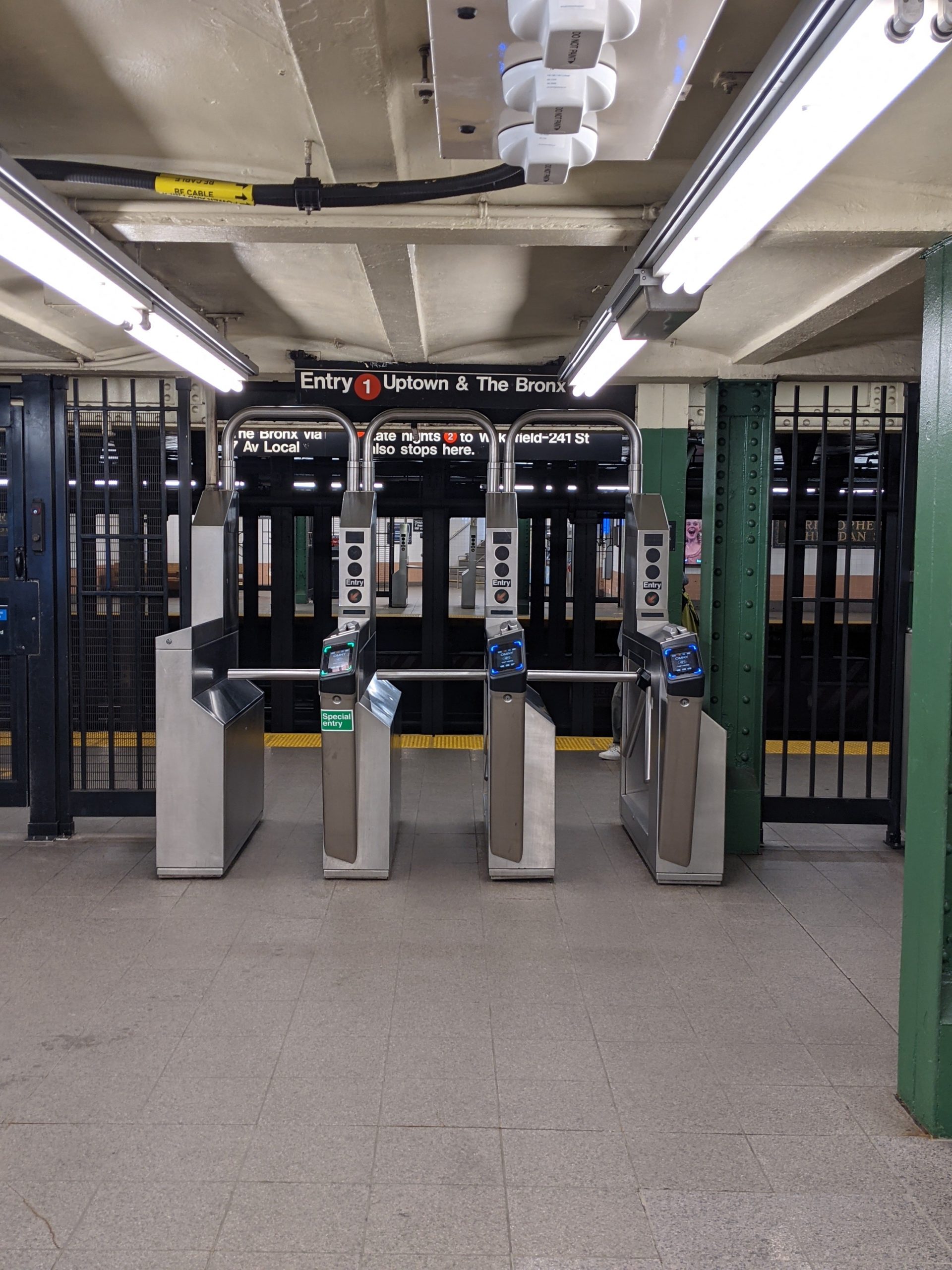Commercial Real Estate
With new Covid cases down 30% in the last two weeks and partially vaccinated people approaching 50%, NYC seems ready to start getting back to work.
I have been going to the office several days a week for the last two weeks and will be there again today. As my USV colleagues get fully vaccinated, they are joining me and our office is starting to fill up.
But our Flatiron neighborhood still feels empty and there is not one good restaurant open for lunch during the week.
As we head back to work, what will the new normal be?
That is a huge question looming over the commercial real estate sector in NYC and around the country.
According to this NYT piece from last week, the vacancy rate in commercial office space in NYC is almost 20% and that number is north of 15% across the largest cities in the US. And in the face of these historically high vacancy rates, more new office buildings are coming to market increasing the supply of space.
We have surveyed our portfolio companies and we understand that many will reopen their offices this summer and fall, but most will not expect their employees to be back in the office five days a week. Some will not expect their employees to be in the office at all.
I think this Jamie Dimon quote I read in the NYT piece is about right:
Jamie Dimon, chief executive of JPMorgan Chase, the largest private-sector employer in New York City, wrote in a letter to shareholders this week that remote work would “significantly reduce our need for real estate.” For every 100 employees, he said, his bank “may need seats for only 60 on average.”
We used to have 10,000 square feet in our old office that we left last month. We moved into 6,000 square feet and it feels like plenty. I think many/most companies will feel that way too.
Many of our portfolio companies let their leases expire during the pandemic, as did we. And they are now thinking about what to do going forward. I have a few suggestions:
1/ Take something temporary for the next year or two. Figure out what the new normal is before entering into a long term lease. This is what USV did. We took a nine month sublet to allow us to figure things out.
2/ Shop around and be aggressive in your offers to sublet or lease space. Many landlords will not engage in your bottom fishing. But some will, particularly in the sublease market.
3/ Avoid expensive office buildouts and focus on spaces that are extremely flexible. We have invested in office and conference pods in our sublet to reduce the need for expensive office buildouts. And the Gotham Gal and I made an entire co-working space in Brooklyn with office pods.
4/ Figure out how to integrate remote workers into your office environment. We have been investing a lot more in our conference rooms/video setups. I even suggested that we put some webcams in our office so our remote colleagues could see who is in the office at any time. I am not sure we will do that. Some feel it is creepy. But I think it’s a good idea.
5/ Offer perks to encourage your employees to be in the office. We have been ordering in great food for everyone in the office the last few weeks and everyone seems to appreciate and enjoy that.
I think occupancy expense will be a smaller percentage of our portfolio companies’ P&Ls in the future and those savings can be invested in our teams instead. That feels like a great trade and one that will lead to better companies and happier employees. And that is a very good thing.




